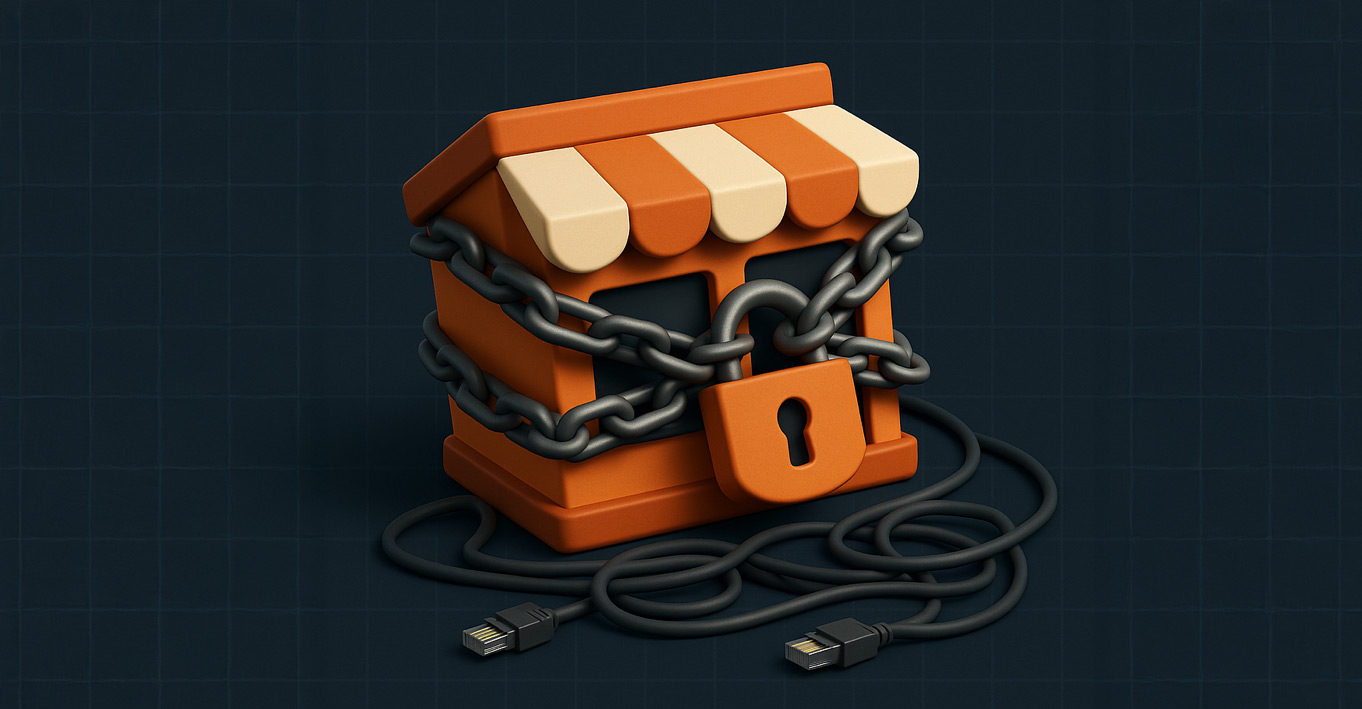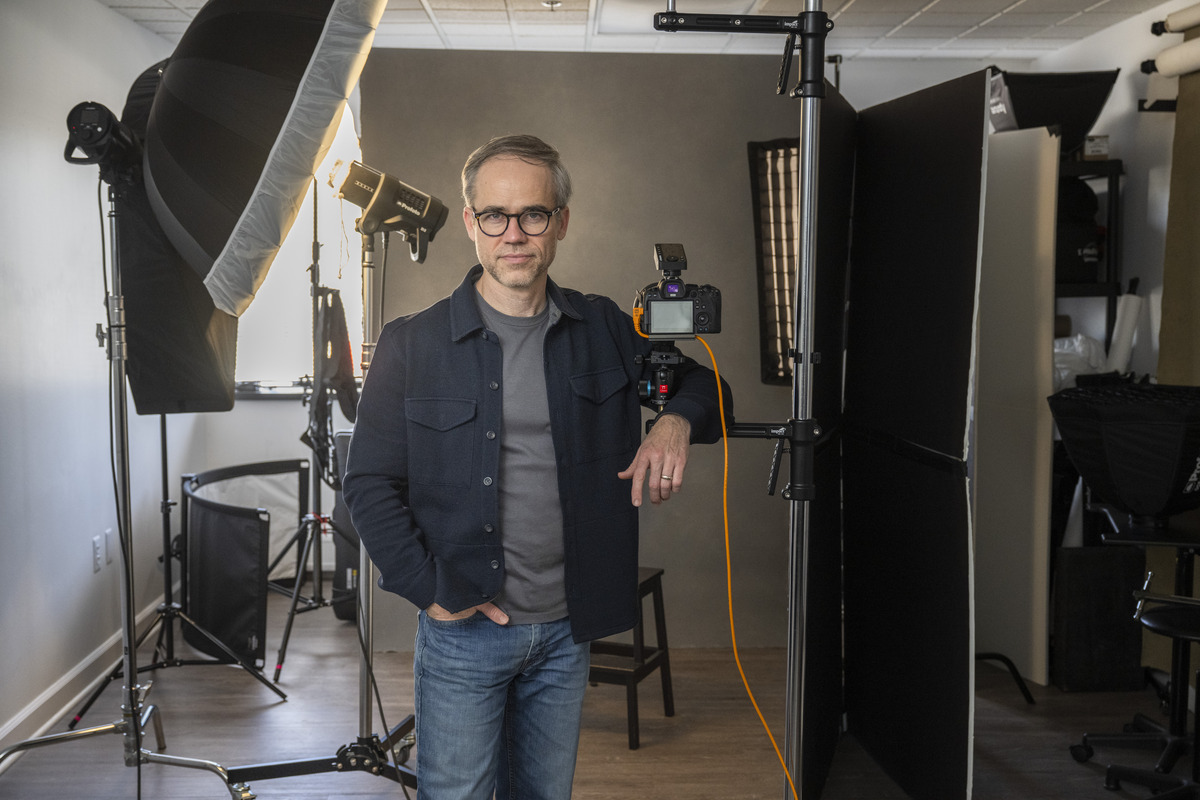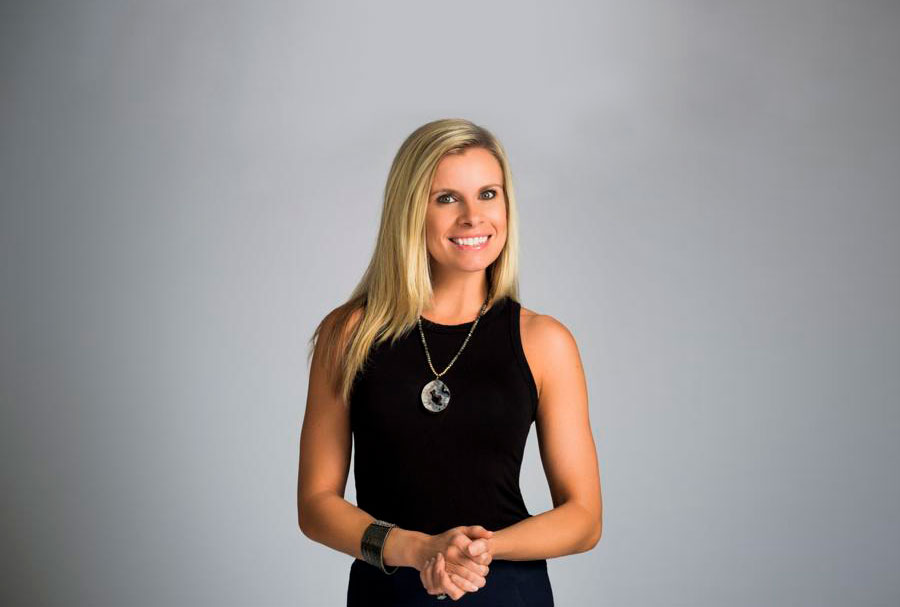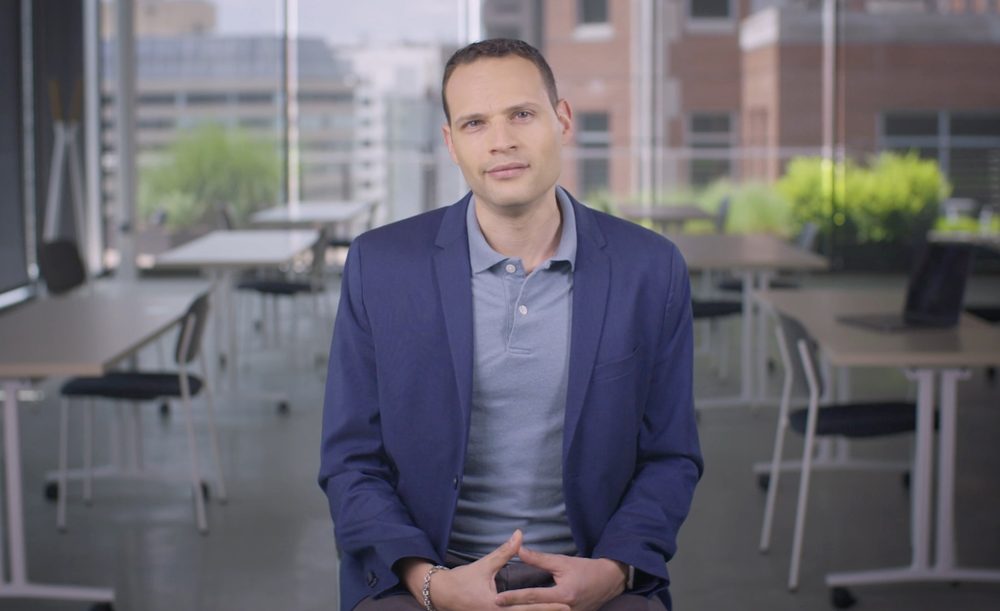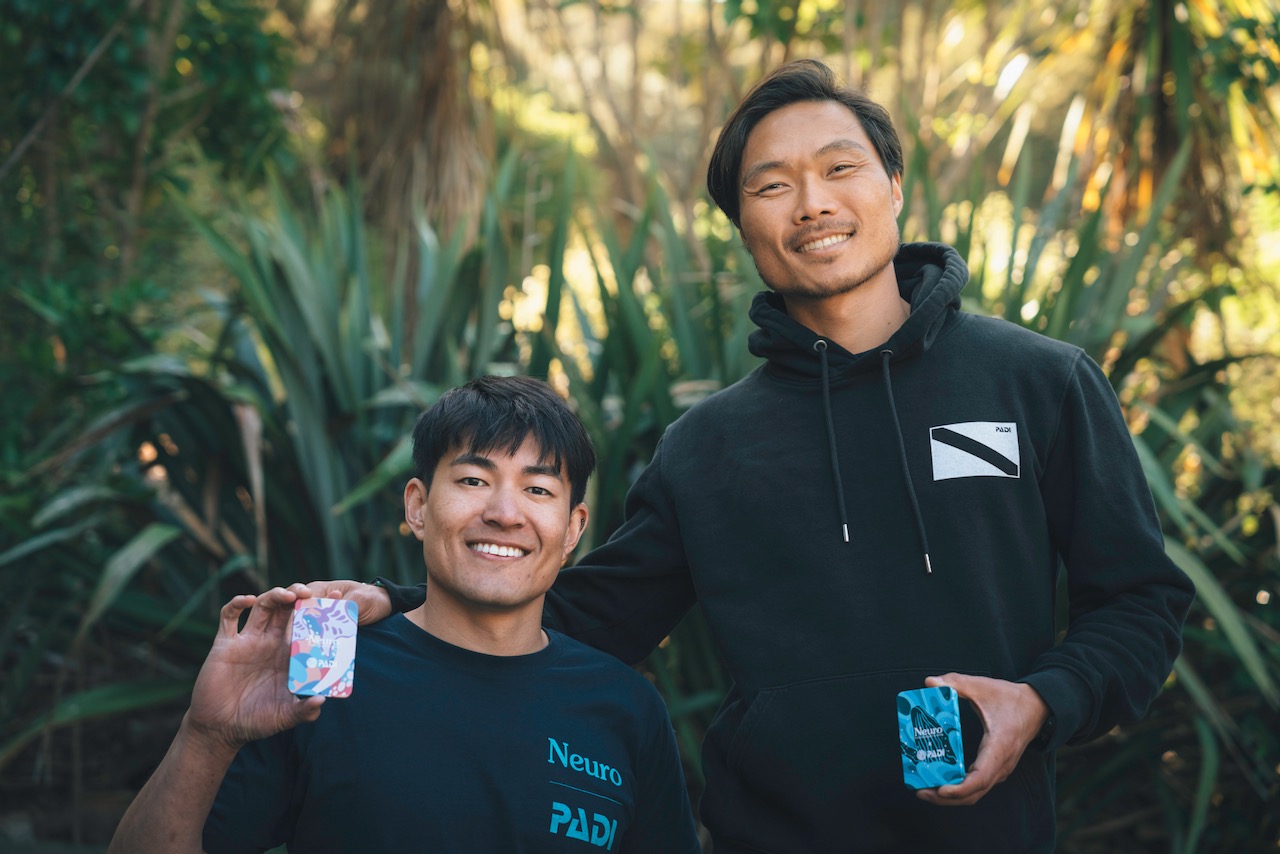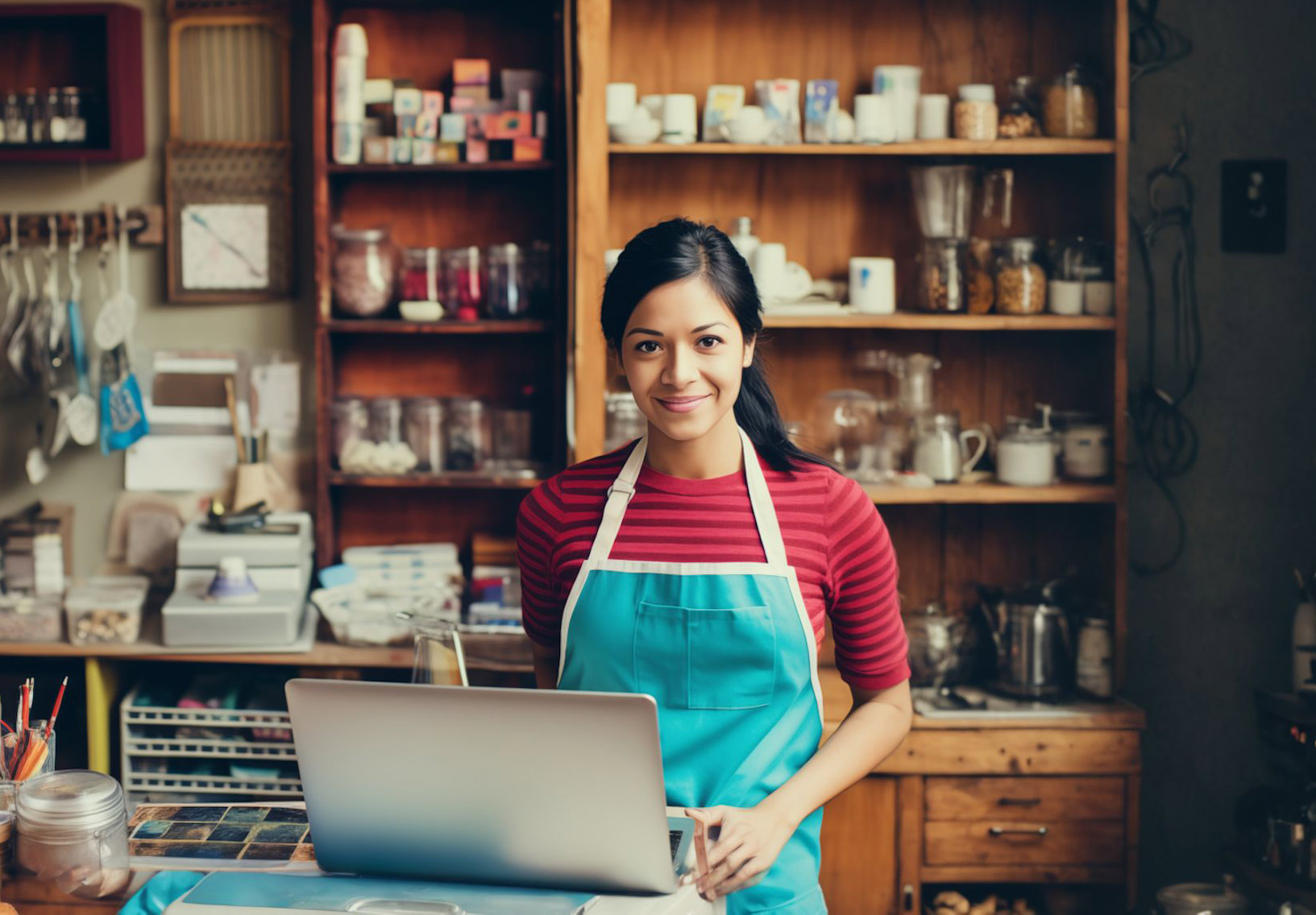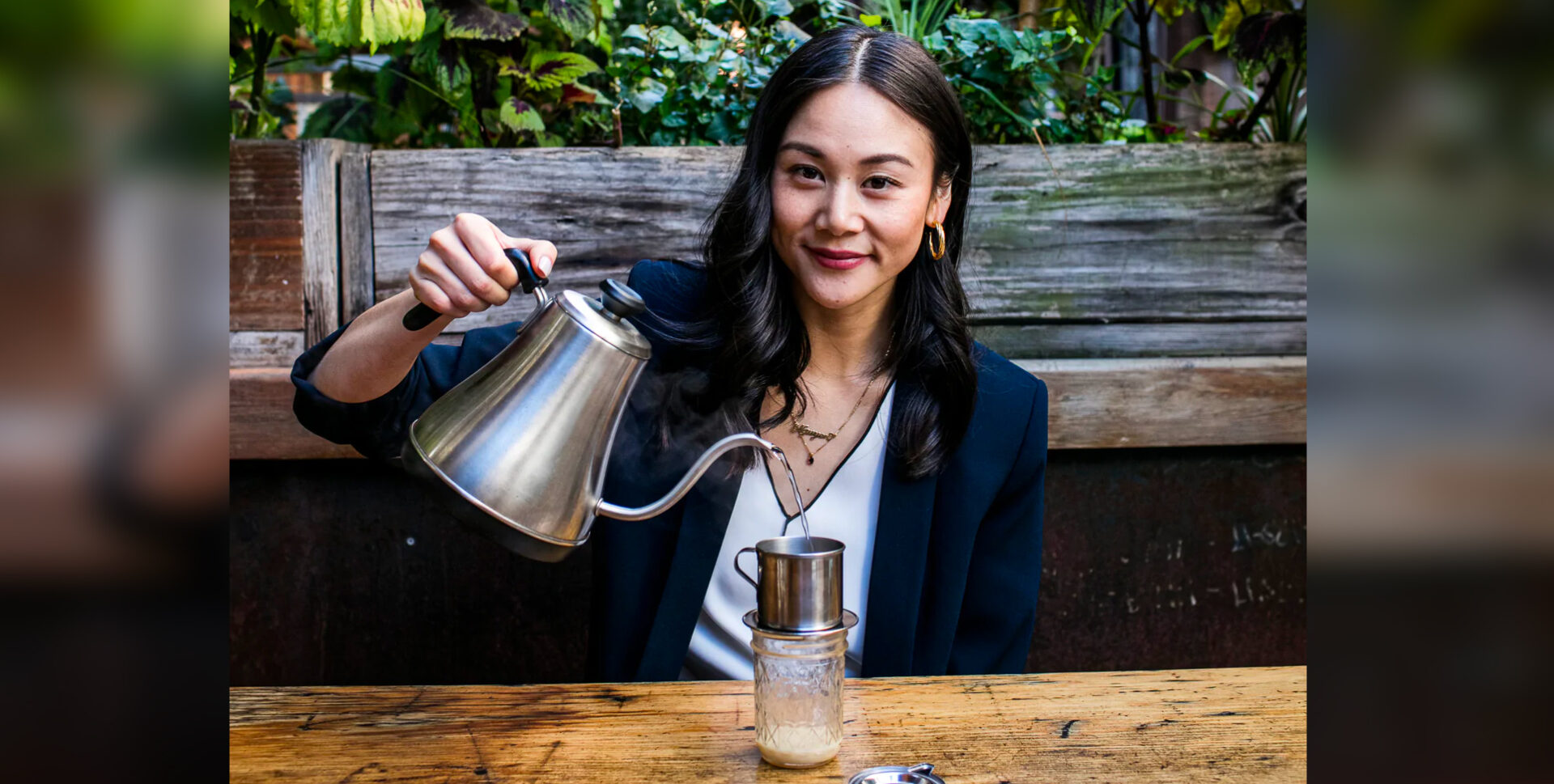
Celebrating Asian American & Pacific Islander (AAPI) Small Businesses
Asian American & Pacific Islander (AAPI) businesses represent a robust sector of the small business community. According to the National Coalition for Asian Pacific American Community Development, there are nearly 2 million Asian-owned small businesses in the U.S., with almost half having fewer than 20 employees and 19% in the accommodations and food services industry. Between 2007 and 2012, the number of Asian-owned businesses grew by 23.8%, while the total number of U.S. firms increased by only 2% in the same period.
Despite their powerful impact on the American economy, Asian small businesses have faced disproportionate challenges during the pandemic. According to our recently released Digitally Driven 2021 report, Asian-led small businesses saw the greatest reduction in revenue (-27%) of any demographic during the pandemic. They also faced steeper drops in sales than other small businesses, with 90% of Asian-American firms losing revenue last year versus 85% for Black-led businesses and 77% for white-led businesses. In addition to heavy financial losses, Asian small business owners also faced racial discrimination due to misconceptions around the COVID-19 pandemic. According to a study by Restaurant Business Magazine, half of US Chinese restaurants shut down by April 2020 “as a result of consumer prejudices and misperceptions.”
Recovery from COVID-19 remains the top priority of businesses led by people of color, including AAPI-led SMBs. As the country works to heal from the pandemic, AAPI History Month offers a much-needed opportunity to celebrate the success of these small businesses in the face of adversity. For example, 94% of Asian-run SMBs made some kind of digital change in response to COVID since July 2020 – and 67% of AAPI small businesses found digital tools particularly helpful to them during the pandemic.
Read stories of AAPI small business resilience, hope, and community from some of our members:

NAME GLO: From Producing Neon To Protecting New York Health Care Workers
NAME GLO co-owners Sas Simon and Lena Imamura are no strangers to finding innovative ways to fulfill a need – whether that need is custom neon signs or protective gear during a pandemic.
NAME GLO was launched in 2016 to provide “accessible, digestible” neon products to customers. When COVID-19 hit New York City, Name Glo temporarily closed – until Simon and Imamura saw health care workers’ dire need for masks. They quickly partnered with a doctor from Mt. Sinai to design effective, comfortable face shields and began 3-D printing the shields. Thus far, they have distributed more than 2,500 masks and plan to continue their efforts until the demand is met by other means.
“It has really been a grassroots effort,” says Imamura. “Friends, makers, workers, and caring citizens are all coming together and pitching in where they can to connect healthcare workers with the PPE they need.”

JNJ Craftworks: A Crafty Way to Build a Business
Jerina Vincent opened her store, JNJ Craftworks, a couple years after a jaw disorder forced her to stop working as a job recruiter. Encouraged by her husband, she spent her transition from employee to entrepreneur making products and visiting local craft shows to curate enough for a storefront.
Early in her career, Vincent turned to the Internet to take online courses about selling crafts. Now, she relies on digital tools to keep her store running – including being active on social media, listing her store on Google My Business, and tracking sales through e-commerce tools.
She says she loves being a part of a world that brings people together – and now, she donates 10% of her company profits to local schools while actively looking for ways to help people in her community.
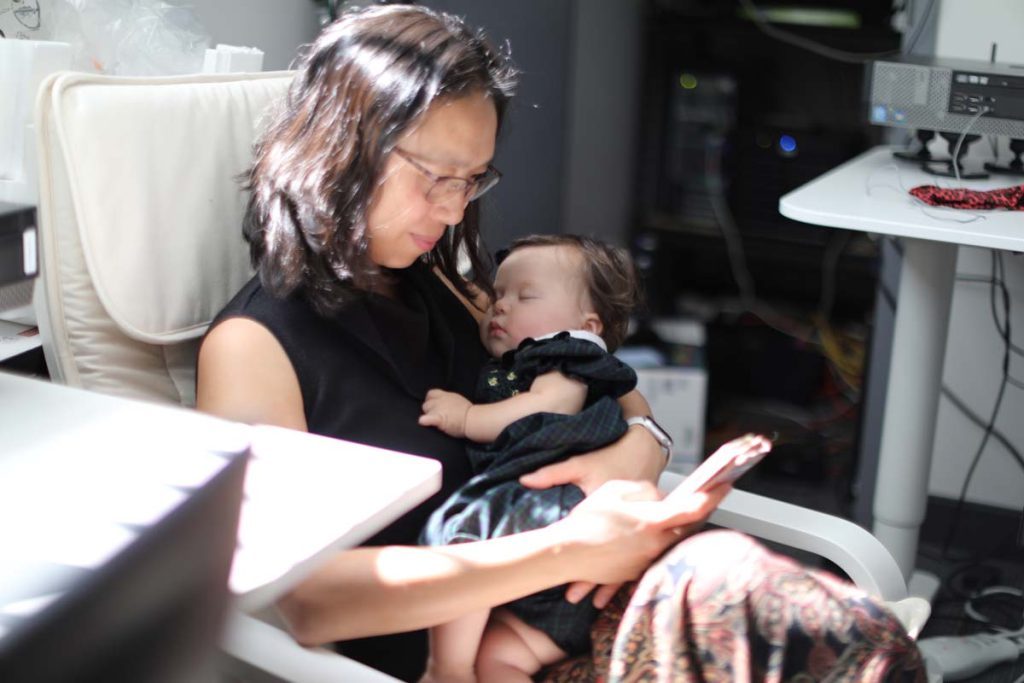
SleepPhones: Music to Tired Ears
Dr. Wei-Shin Lai sleeps easier now that she wears her SleepPhones to bed. Wei-Shin and her husband, Jason Wolfe, created the innovative product after looking for a more comfortable solution to wearing headphones lying down.
Five years into what started as a side gig, they hit the $1 million mark in revenue and made it their full-time hustle. The company uses machine learning and AI to find the optimum way for people to sleep, and uses digital tools like Shopify e-commerce to sell directly to customers.
Lai and Wolfe hope their company — and its use of technology to excel — will bring “West Coast thinking” to their Rust Belt home. “As the world keeps moving, we need to make sure our workforce is familiar with digital,” Wei-Shin said. “Maybe because we’re in a city that’s not at the early adoption of tech, it’s important for these tools to be easy to use.”

